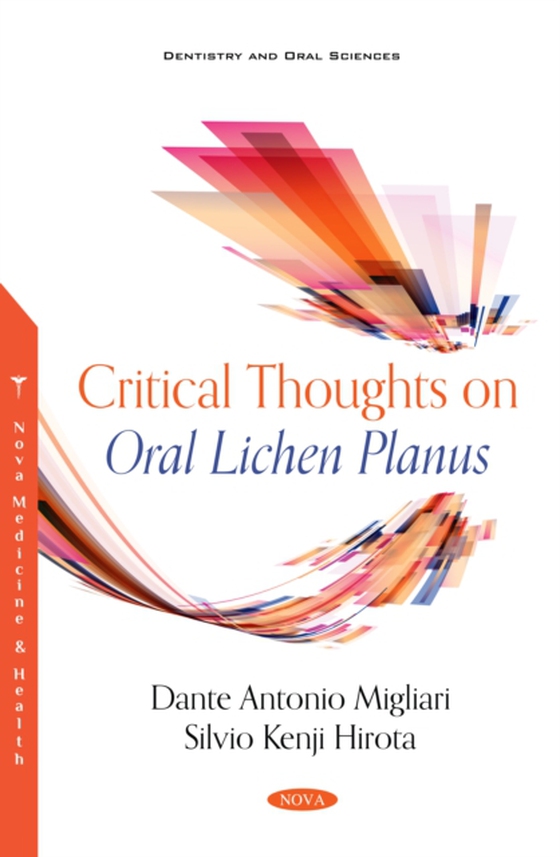
Critical Thoughts on Oral Lichen Planus e-bog
802,25 DKK
(inkl. moms 1002,81 DKK)
This well-illustrated publication deals with one of the most fascinating conditions in oral medicine: oral lichen planus (OLP). The importance of addressing this clinical subject is two-fold. First, OLP is among the most common oral changes observed in oral medicine clinics. Second, OLP has caused many controversies surrounding its diagnostic criteria, its association with systemic factors, and...
E-bog
802,25 DKK
Forlag
Nova Medicine and Health
Udgivet
10 november 2020
Længde
92 sider
Genrer
MMD
Sprog
English
Format
pdf
Beskyttelse
LCP
ISBN
9781536188974
This well-illustrated publication deals with one of the most fascinating conditions in oral medicine: oral lichen planus (OLP). The importance of addressing this clinical subject is two-fold. First, OLP is among the most common oral changes observed in oral medicine clinics. Second, OLP has caused many controversies surrounding its diagnostic criteria, its association with systemic factors, and, above all, its potential for malignant transformation. This latter controversy is an issue of utmost concern for patients and clinicians alike with respect to the management of this disease. This e-book offers a well-informed and critical perspective on all these OLP-related issues. Rather than offering solutions, this publication aims to provide a valuable reflection on these controversies, trying to call the attention of editors, reviewers, and researchers so they are more cautious in accepting some "e;truths"e; on OLP that have yet to be fully proven. The text is based on the extensive experience of the authors on the subject, and its content may stir controversy within the scientific community itself. One of the highlights of this publication is its illustrations. Each clinical picture is presented with a robust diagnostic evaluation analyzing the signs of the lesions along with the differential diagnosis and management used in the clinic. Some aspects of the direct immunofluorescent examinations used in OLP are also presented, focusing on their diagnostic value and relevance for the management of the disease. This book may inspire readers to develop an acute critical sense when reading about controversial issues that require more robust judgments based on the available scientific data.
 Dansk
Dansk

